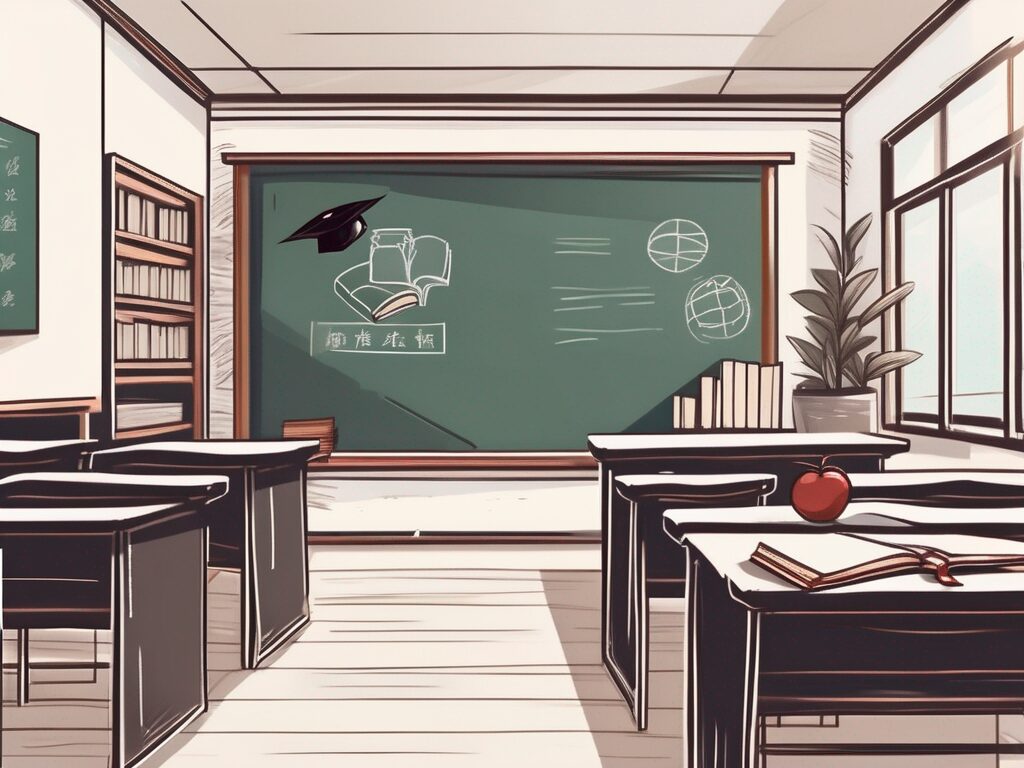html
Master Bilingual Teaching in Singapore: 4 Essential Tips for PGCE Teachers
As the world becomes increasingly interconnected, the demand for bilingual education is on the rise, particularly in vibrant multicultural hubs like Singapore. For PGCE (Postgraduate Certificate in Education) teachers, mastering bilingual teaching is not just an asset; it’s a necessity. This blog post aims to equip you with four essential tips that will enhance your bilingual teaching skills and help you thrive in Singapore’s dynamic educational landscape.
Understanding the Bilingual Landscape in Singapore
Before diving into the tips, it’s crucial to understand the unique bilingual education system in Singapore. The country’s education policy mandates that students learn English alongside their mother tongue, which can be Mandarin, Malay, or Tamil. This dual-language approach not only fosters linguistic proficiency but also promotes cultural understanding. As a PGCE teacher, embracing this bilingual framework is key to your success.
Tip 1: Embrace Cultural Nuances in Language Teaching
One of the most effective ways to engage students in bilingual education is by incorporating cultural elements into your lessons. Understanding the cultural context of the languages you teach can significantly enhance students’ learning experiences. For instance, when teaching Mandarin, you might include traditional festivals, local customs, or even popular media that resonate with your students. This not only makes learning more relatable but also instills a sense of pride in their heritage.
**Example:** Consider a lesson on the Chinese New Year. You could teach vocabulary related to the festival while discussing its significance, traditions, and the various ways it is celebrated in Singapore. This approach not only enriches language acquisition but also fosters a deeper connection to the culture.
Tip 2: Utilize Interactive and Engaging Teaching Methods
Incorporating interactive teaching methods is essential for maintaining student interest and promoting active learning. Techniques such as role-playing, group discussions, and multimedia presentations can make language learning more dynamic and enjoyable. For instance, using digital tools like language learning apps or online quizzes can provide immediate feedback and keep students engaged.
**Statistics:** According to a study by the National Institute of Education, students who participated in interactive learning environments showed a 30% increase in language retention compared to traditional teaching methods. This highlights the importance of adapting your teaching style to include more interactive elements.
Tip 3: Foster a Supportive Learning Environment
Creating a supportive and inclusive classroom environment is vital for bilingual education. Students may feel anxious about making mistakes in a second language, so it’s essential to cultivate a space where they feel safe to express themselves. Encourage peer support and collaboration, allowing students to learn from one another. This not only builds confidence but also enhances their communication skills.
**Case Study:** A bilingual school in Singapore implemented a buddy system where more proficient students paired with those struggling with language skills. This initiative not only improved language proficiency among the weaker students but also fostered friendships and a sense of community within the classroom.
Tip 4: Continuous Professional Development
As a PGCE teacher, committing to continuous professional development is crucial for staying updated with the latest teaching methodologies and educational trends. Attend workshops, webinars, and conferences focused on bilingual education. Networking with other educators can provide valuable insights and resources that can enhance your teaching practice.
**Recommendation:** Consider joining professional organisations such as the Singapore Teachers’ Union or the International Society for Technology in Education (ISTE). These platforms offer a wealth of resources, including access to research, teaching materials, and opportunities for collaboration with fellow educators.
Conclusion
Mastering bilingual teaching in Singapore requires a multifaceted approach that embraces cultural nuances, interactive methods, a supportive environment, and ongoing professional development. By implementing these four essential tips, PGCE teachers can significantly enhance their effectiveness in the classroom and contribute to a more inclusive education system.
Empower Your Teaching Career with IPGCE
As we strive for a more inclusive education system in Malaysia, the role of qualified and well-trained educators becomes increasingly crucial. IPGCE is dedicated to supporting teachers in their professional journey, offering the International Postgraduate Certificate in Education (iPGCE) to enhance qualifications and open doors to international teaching opportunities. With our program, you can expect a significant increase in interview callbacks, promotion rates, and salary. Plus, you’ll join a global network of educators, gain a deeper understanding of international curricula, and enjoy the flexibility of online study. Don’t let inadequate credentials or isolation hold you back. Join the UK’s #1 Teacher Training Course today and take a decisive step towards a fulfilling career in inclusive education.
Related Topics
- The Benefits of Bilingual Education
- Effective Teaching Methods for Bilingual Classrooms
- The Importance of Professional Development for Teachers
Connect with us on LinkedIn to stay updated and join a community of passionate educators!

